Growing Thyme Indoors doesn’t have to be a daunting task! Imagine fresh, fragrant thyme readily available right in your kitchen, ready to elevate your culinary creations. Forget those sad, wilted sprigs from the grocery store – with a few simple tricks, you can cultivate your own thriving thyme plant indoors, no matter the season.
Thyme, with its rich history dating back to ancient Egypt where it was used for embalming, and later by the Greeks who associated it with courage, has always been valued for its aromatic and medicinal properties. Today, it’s a staple in kitchens worldwide, adding depth and complexity to countless dishes. But why rely on store-bought herbs when you can easily bring this piece of history and flavor into your home?
I know what you’re thinking: “I don’t have a green thumb!” But trust me, growing thyme indoors is surprisingly easy, even for beginners. This DIY guide will walk you through everything you need to know, from choosing the right container and soil to providing the perfect amount of light and water. We’ll cover common pitfalls and simple solutions, ensuring your indoor thyme garden flourishes. So, ditch the expensive store-bought herbs and let’s get started on your journey to fresh, flavorful thyme, right at your fingertips!
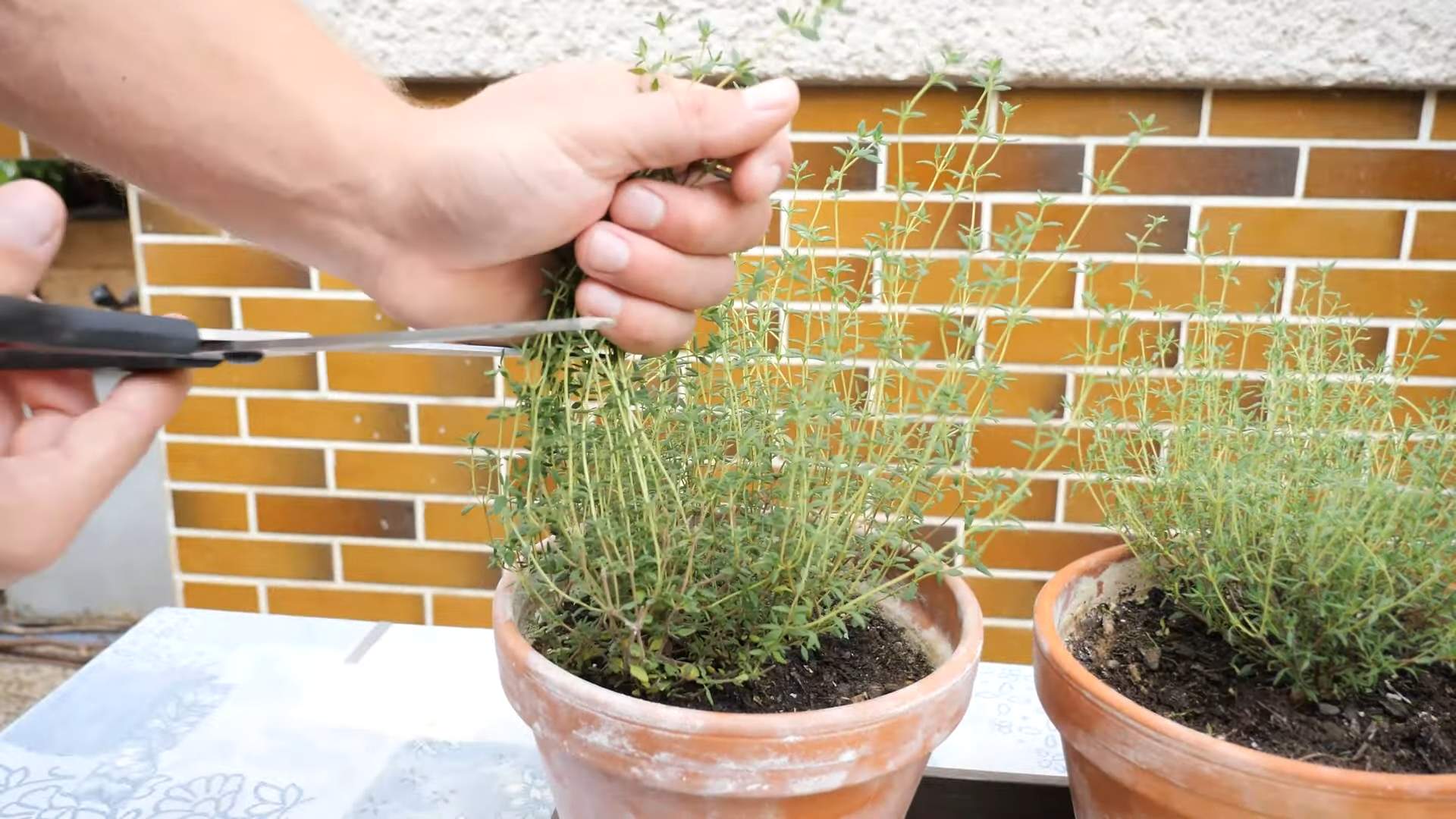
Growing Thyme Indoors: A Beginner’s Guide to a Thriving Herb Garden
Okay, so you want to grow thyme indoors? Awesome! Fresh thyme is a game-changer in the kitchen, and having it readily available is seriously satisfying. I’ve been growing my own thyme indoors for a while now, and I’m excited to share everything I’ve learned with you. It’s easier than you might think, and with a little care, you’ll have a fragrant and flavorful supply of thyme year-round.
Choosing Your Thyme Variety
First things first, let’s talk about thyme varieties. While all thyme is delicious, some are better suited for indoor growing than others.
* Common Thyme (Thymus vulgaris): This is your classic, all-purpose thyme. It’s hardy, flavorful, and readily available. It’s a great choice for beginners.
* Lemon Thyme (Thymus citriodorus): As the name suggests, this thyme has a lovely citrusy aroma and flavor. It’s a bit more delicate than common thyme, but still relatively easy to grow indoors.
* Creeping Thyme (Thymus serpyllum): While beautiful as a ground cover, creeping thyme isn’t the best choice for culinary use. Its flavor is less intense, and it tends to spread rather than grow upright. I’d recommend sticking with common or lemon thyme for your indoor herb garden.
Gathering Your Supplies
Before we dive into the planting process, let’s make sure you have everything you need. Here’s a checklist:
* Thyme Seeds or Seedling: You can start from seeds or buy a small thyme plant from a nursery. Starting from seeds takes longer, but it’s more budget-friendly. I personally prefer starting with a seedling for faster results.
* Pot: Choose a pot that’s at least 6 inches in diameter and has drainage holes. Good drainage is crucial for preventing root rot. Terracotta pots are a great option because they allow the soil to breathe.
* Potting Mix: Use a well-draining potting mix specifically formulated for herbs. Avoid using garden soil, as it can be too heavy and compact for container gardening.
* Grow Lights (Optional but Recommended): While thyme loves sunlight, it can be tricky to provide enough natural light indoors, especially during the winter months. Grow lights will ensure your thyme gets the light it needs to thrive.
* Watering Can or Spray Bottle: For watering your thyme.
* Small Shovel or Trowel: For planting.
* Fertilizer (Optional): A balanced liquid fertilizer can help boost growth, but it’s not essential.
Planting Your Thyme
Okay, let’s get our hands dirty! Here’s how to plant your thyme, whether you’re starting from seeds or a seedling:
Starting from Seeds:
1. Prepare the Pot: Fill your pot with potting mix, leaving about an inch of space at the top. Gently pat down the soil.
2. Sow the Seeds: Sprinkle the thyme seeds evenly over the surface of the soil. Thyme seeds are tiny, so don’t worry about spacing them perfectly.
3. Cover the Seeds: Lightly cover the seeds with a thin layer of potting mix.
4. Water Gently: Use a spray bottle to mist the soil thoroughly. You want to keep the soil moist but not soggy.
5. Provide Light and Warmth: Place the pot in a warm, sunny location or under grow lights. Thyme seeds need light to germinate, so don’t cover the pot with plastic wrap.
6. Be Patient: Thyme seeds can take anywhere from 14 to 21 days to germinate. Keep the soil consistently moist during this time.
Planting a Seedling:
1. Prepare the Pot: Fill your pot with potting mix, leaving about an inch of space at the top.
2. Remove the Seedling: Gently remove the thyme seedling from its nursery container. If the roots are tightly bound, gently loosen them with your fingers.
3. Plant the Seedling: Dig a small hole in the center of the pot and place the thyme seedling in the hole. Make sure the top of the root ball is level with the surrounding soil.
4. Fill the Hole: Fill the hole with potting mix and gently pat down the soil around the seedling.
5. Water Thoroughly: Water the thyme seedling thoroughly until water drains out of the bottom of the pot.
Caring for Your Indoor Thyme
Now that your thyme is planted, it’s time to learn how to care for it. Here’s what you need to know:
Light:
Thyme needs at least 6 hours of sunlight per day. If you don’t have a sunny window, use grow lights to supplement the natural light. I use a simple LED grow light that I got online, and it works wonders. Position the light about 6-12 inches above the plant.
Watering:
Thyme is drought-tolerant, so it’s important not to overwater it. Allow the soil to dry out slightly between waterings. When you do water, water thoroughly until water drains out of the bottom of the pot. Avoid getting the leaves wet, as this can lead to fungal diseases. I usually water my thyme about once a week, but it depends on the humidity and temperature in my home.
Temperature:
Thyme prefers temperatures between 60°F and 70°F (15°C and 21°C). Avoid placing your thyme near drafts or heat sources.
Fertilizing:
Thyme doesn’t need a lot of fertilizer. If you want to give it a boost, you can fertilize it every few weeks with a balanced liquid fertilizer diluted to half strength. I personally don’t fertilize my thyme very often, and it still grows well.
Pruning:
Pruning is essential for keeping your thyme plant healthy and productive. Regularly trim the stems to encourage bushier growth. You can also harvest sprigs of thyme as needed for cooking. I usually prune my thyme every few weeks, and I love using the fresh sprigs in my recipes.
Pests and Diseases:
Thyme is relatively pest-resistant, but it can be susceptible to aphids and spider mites. If you notice any pests, you can try spraying them with insecticidal soap. Overwatering can lead to root rot, so make sure your pot has good drainage and avoid overwatering.
Harvesting Your Thyme
The best part about growing your own thyme is being able to harvest fresh sprigs whenever you need them! Here’s how to harvest your thyme:
1. Choose Your Sprigs: Select healthy, mature sprigs of thyme.
2. Cut the Sprigs: Use sharp scissors or pruning shears to cut the sprigs. Cut the stems just above a leaf node (the point where leaves grow from the stem).
3. Use Fresh or Dry: You can use the thyme sprigs fresh or dry them for later use. To dry thyme, simply hang the sprigs upside down in a cool, dry place until they are completely dry. You can also dry thyme in a dehydrator or oven.
Troubleshooting
Even with the best care, you might encounter some problems when growing thyme indoors. Here are some common issues and how to fix them:
* Yellowing Leaves: This could be a sign of overwatering, underwatering, or nutrient deficiency. Check the soil moisture and adjust your watering accordingly. If the soil is dry, water thoroughly. If the soil is soggy, allow it to dry out before watering again. You can also try fertilizing your thyme with a balanced liquid fertilizer.
* Leggy Growth: This is usually caused by insufficient light. Move your thyme to a sunnier location or use grow lights to supplement the natural light.
* Slow Growth: This could be due to a variety of factors, including insufficient light, poor soil, or lack of nutrients. Make sure your thyme is getting enough light, is planted in well-draining potting mix, and is fertilized occasionally.
* Pests: Check your thyme regularly for pests like aphids and spider mites. If you find any pests, spray them with insecticidal soap.
Enjoying Your Homegrown Thyme
Now that you’ve successfully grown your own thyme indoors, it’s time to enjoy the fruits (or rather, herbs) of your labor! Fresh thyme is a versatile herb that can be used in a variety of dishes. Here are some ideas:
* Roasted Vegetables: Toss vegetables like potatoes, carrots, and onions with olive oil, thyme, and salt before roasting.
* Soups and Stews: Add thyme to soups and stews for a warm, earthy flavor.
* Meat Dishes: Use thyme to season chicken, pork, lamb, or beef.
* Egg Dishes: Add thyme to omelets, frittatas, or
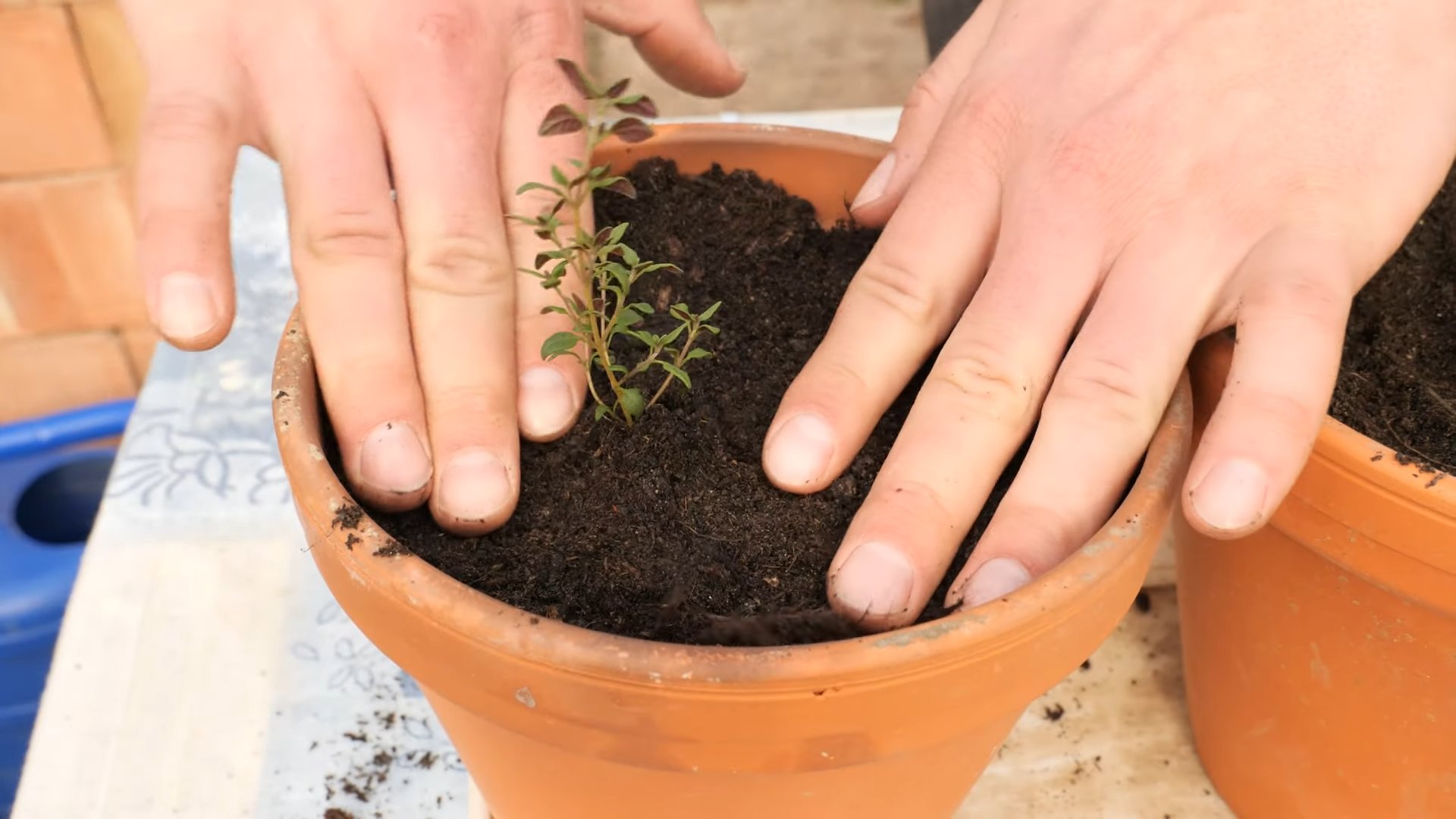
Conclusion
So, there you have it! Growing thyme indoors is not only achievable, but it’s also incredibly rewarding. Imagine having fresh, fragrant thyme readily available to elevate your culinary creations, no matter the season. Forget those sad, dried-out jars of thyme from the supermarket – with a little effort, you can cultivate your own thriving herb garden right on your windowsill.
This DIY approach to growing thyme offers a multitude of benefits. You’ll save money, reduce your reliance on commercially grown herbs (often treated with pesticides), and enjoy the unparalleled flavor of freshly harvested thyme. Plus, the process itself is incredibly therapeutic. Tending to your thyme plants can be a calming and grounding experience, offering a welcome respite from the stresses of daily life.
But the best part? The possibilities are endless! Once you’ve mastered the basics of growing thyme indoors, you can experiment with different varieties. Lemon thyme, with its bright citrusy notes, is a fantastic addition to fish dishes and salads. Creeping thyme, with its delicate foliage, makes a beautiful ground cover in miniature gardens. And English thyme, the classic culinary staple, is perfect for everything from soups and stews to roasted meats and vegetables.
Don’t be afraid to get creative with your containers, too. While a simple terracotta pot is perfectly adequate, you can also use repurposed jars, vintage teacups, or even a hanging basket to add a touch of personality to your indoor herb garden. Consider grouping your thyme with other herbs that enjoy similar growing conditions, such as rosemary, oregano, and sage, to create a miniature Mediterranean oasis in your home.
Growing thyme indoors is a must-try for any home cook or gardening enthusiast. It’s a simple, sustainable, and incredibly satisfying way to bring the flavors of the garden into your kitchen.
We encourage you to give this DIY trick a try. Start small, be patient, and don’t be afraid to experiment. And most importantly, share your experience with us! We’d love to hear about your successes, your challenges, and any tips or tricks you’ve discovered along the way. Post photos of your thriving thyme plants on social media using #IndoorThymeGarden, and let’s inspire others to embrace the joy of growing their own herbs. Happy gardening!
Frequently Asked Questions (FAQ)
What kind of soil is best for growing thyme indoors?
Thyme thrives in well-draining soil that is slightly sandy. A good mix would be equal parts potting soil, perlite, and coarse sand. This combination ensures proper drainage, preventing root rot, which is a common problem with thyme. Avoid using heavy clay soils, as they retain too much moisture. You can also purchase a pre-made herb potting mix from your local garden center.
How much sunlight does indoor thyme need?
Thyme needs at least six hours of direct sunlight per day to thrive. A south-facing window is ideal, but if you don’t have one, a west-facing window can also work. If you’re not getting enough natural light, consider supplementing with a grow light. Position the grow light a few inches above the plants and keep it on for 12-14 hours per day. Insufficient light will result in leggy, weak growth and reduced flavor.
How often should I water my indoor thyme?
Water thyme sparingly, allowing the soil to dry out completely between waterings. Overwatering is a common mistake that can lead to root rot. Check the soil moisture by sticking your finger about an inch deep. If it feels dry, it’s time to water. When you do water, water thoroughly until water drains out of the bottom of the pot. Then, empty the saucer to prevent the plant from sitting in water. During the winter months, when growth slows down, you’ll need to water even less frequently.
How do I harvest thyme from my indoor plant?
Harvest thyme by snipping off stems with clean scissors or pruning shears. Avoid cutting more than one-third of the plant at a time, as this can weaken it. The best time to harvest thyme is in the morning, after the dew has dried. This is when the essential oils are most concentrated, resulting in the best flavor. You can use the fresh thyme immediately, or you can dry it for later use. To dry thyme, tie the stems together in small bundles and hang them upside down in a cool, dry, well-ventilated place. Once the leaves are dry and brittle, you can crumble them and store them in an airtight container.
My thyme plant is turning yellow. What’s wrong?
Yellowing leaves can be a sign of several problems, including overwatering, underwatering, nutrient deficiency, or pest infestation. Check the soil moisture to rule out overwatering or underwatering. If the soil is consistently wet, reduce your watering frequency. If the soil is bone dry, water thoroughly. If the watering is correct, consider fertilizing your thyme plant with a balanced liquid fertilizer diluted to half strength. Follow the instructions on the fertilizer label. Also, inspect your plant for pests, such as aphids or spider mites. If you find any pests, treat them with insecticidal soap or neem oil.
Can I propagate thyme from cuttings?
Yes, propagating thyme from cuttings is a relatively easy way to expand your indoor herb garden. Take 4-6 inch cuttings from healthy stems, removing the lower leaves. Dip the cut end in rooting hormone and plant the cuttings in a pot filled with well-draining potting mix. Keep the soil moist but not soggy, and place the pot in a warm, bright location. In a few weeks, the cuttings should develop roots. You can then transplant them into individual pots.
What are some common pests that affect indoor thyme?
Common pests that can affect indoor thyme include aphids, spider mites, and whiteflies. These pests can suck the sap from the leaves, causing them to yellow, wilt, and eventually die. Inspect your plants regularly for signs of infestation, such as small insects, webbing, or sticky residue. If you find any pests, treat them with insecticidal soap or neem oil. You can also try washing the plants with a strong stream of water to dislodge the pests.
How do I encourage my thyme plant to bush out?
To encourage your thyme plant to bush out, pinch back the tips of the stems regularly. This will encourage the plant to produce more side shoots, resulting in a fuller, more compact plant. You can also prune the plant lightly after flowering to remove any dead or dying stems. Regular harvesting will also help to keep the plant bushy and productive.
Is it necessary to fertilize my indoor thyme plant?
While thyme is not a heavy feeder, it can benefit from occasional fertilization. Use a balanced liquid fertilizer diluted to half strength, and apply it every few weeks during the growing season (spring and summer). Avoid over-fertilizing, as this can lead to leggy growth and reduced flavor. You can also amend the soil with compost or worm castings to provide a slow-release source of nutrients.
My thyme plant is flowering. Should I do anything?
Flowering is a natural part of the thyme plant’s life cycle. While the flowers are edible and can add a delicate flavor to your dishes, they can also reduce the plant’s overall productivity. If you want to encourage more leaf growth, you can pinch off the flower buds before they open. However, if you enjoy the flowers, you can leave them on the plant. Just be aware that the leaves may become slightly less flavorful after flowering.


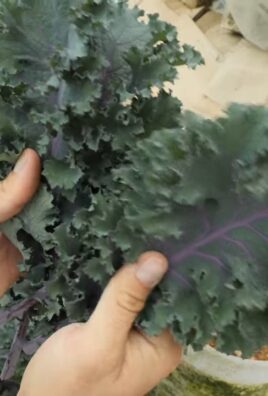
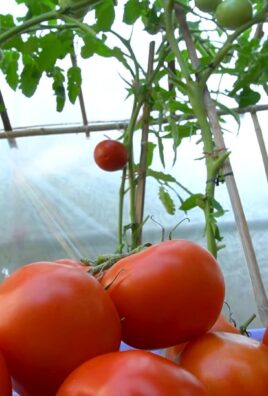
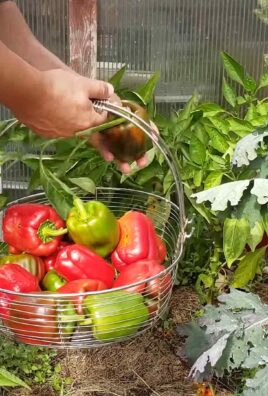
Leave a Comment